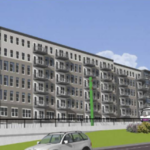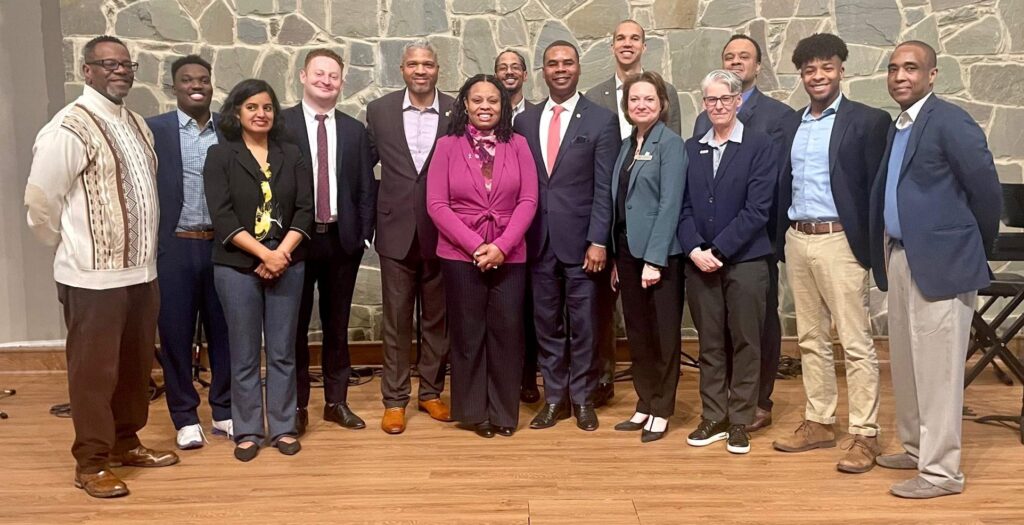
With 15 Metro stations, 8 MARC commuter rail station, parks, rivers, and farmland, and its older urban communities adjacent to the job center of DC, Prince George’s is a place of great potential.
We work with public officials and community leaders to support economic development through well-designed, mixed-use, transit-oriented development, which will build the county’s tax and employment base, and provide increased retail and housing choices
Our Work in Prince George’s
Rise Prince George’s
Rise Prince George’s is an emerging group of county residents and allies advocating for policies and practices that build a shared, sustainable prosperity by creating safe, walkable, inclusive and transit-oriented communities. Learn more >>>

Zoning Code Rewrite
Prince George’s County has been working for six years to rewrite and implement its outdated zoning code. The zoning regulations were adopted by the County Council in 2018, but implementation through the Countywide Zoning Map amendment required another two years. The zoning rewrite offers an updated modern zoning and subdivision regulations. The revised regulations could help the county better link jobs, transit, new development and existing neighborhoods to create more livable, walkable, transit-oriented communities. Learn more >>>
Past Campaigns
- Regional Medical Center: Our two-year campaign demonstrating the accessibility and health benefits of a transit station location paid off in 2013 when the county selected a walkable site next to the Largo Town Center Metro. As of summer 2015, the project is processing though needed approvals, including a certificate of need from the state of Maryland, before further plans move ahead.
- Plan Prince George’s 2034: Plan Prince George’s 2035, the proposed 20 year general plan for Prince George’s County, could get the county on the right track if we can translate the sound planning ideas and good intentions into reality. We commend the planning board for the bold draft Plan Prince George’s 2035. But we worry that still permitting large-scale “suburban centers” on undeveloped land will jeopardize our county’s long-term sustainability, lead to worse traffic, and take away needed funds for investing in our existing neighborhoods and at Metro stations.
Latest Happenings

Testimony: Support for the Flats at Glenridge Station, DSP-23008 & DDS-24002 (Prince George’s)

Alert: Support affordable transit-oriented housing at Glenridge Purple Line station in Prince George’s

Building a shared prosperity for Prince George’s candidates briefing

